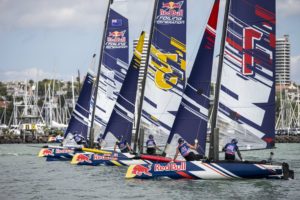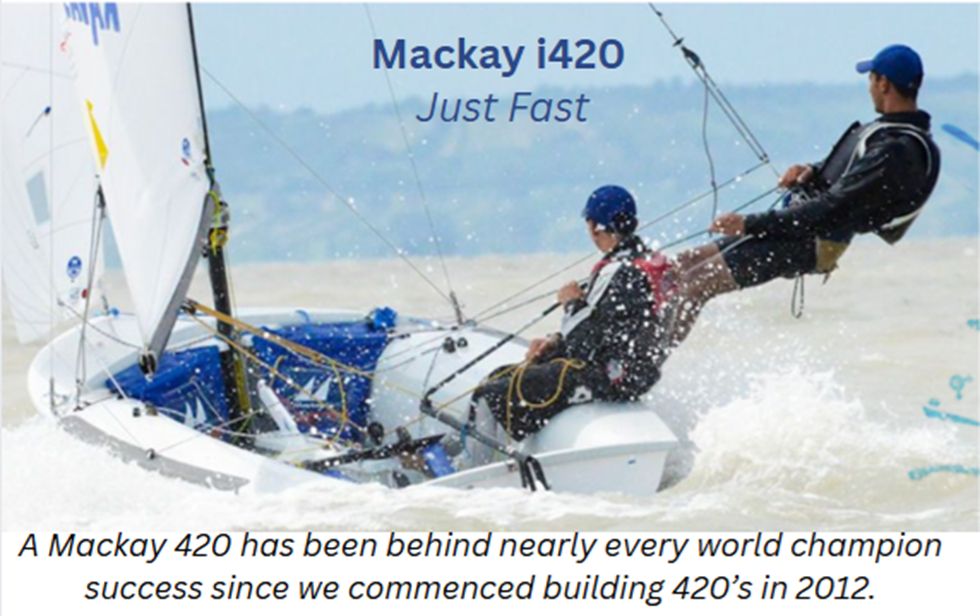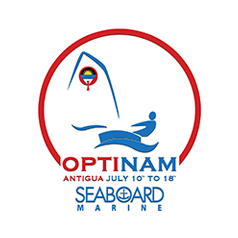
The Antigua Yacht Club hosted the 2016 Optimist North American Championship this past week. 144 competitors from 20 countries attended the event. Antigua hosted the 2015 Optimist North Americans and proved itself as a venue with wind, waves, heritage and beauty. It was no surprise with last year’s 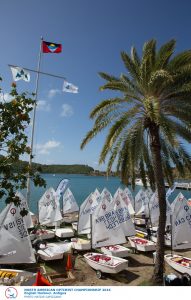
The event had four days of fleet racing along with one day of team racing. The average wind conditions for racing were 10-15 knots with gusts of 20 knots. Three days of fleet racing decided the qualifying for the last day’s separation into the gold, silver and bronze fleets.
Team Racing
The team racing was divided into two groups. Nations from North America competed in the North American Team Race Championship, while nations from other continents competed in the Nations Cup. In the Nations Cup, results were Chile in 1st, Australia in 2nd and Peru in 3rd. Team USA 1 bested Team USA 2 in the finals for 1st place in the North American Team Race Championship with Mexico 1 in 3rd place.
USA 1 Wins the North American Team Racing Championship
Fleet Racing
Hernan Umpierre of Uruguay dominated the four days of fleet racing. Hernan finished with 13 net points, discarding his worst race, which was a 5th. USA sailor Stephan Baker placed 2nd overall with two bullets and a third place finish on the last day of racing. Benjamin Fuenzalida of Chile took 3rd place. Mia Nicolosi of the United States Virgin Islands finished top girl with a 4th place overall.
2016 Optimist North American Champion Hernan Umpierre
Results Here
Full Fleet Racing: http://optinam2016.org/Docs/NAM2016day4v5.htm
North American Team Race Championship: https://sail1design.com/wp-content/uploads/2016/07/RESULTSNAM.pdf
Nations Cup: https://sail1design.com/wp-content/uploads/2016/07/RESULTSNC.pdf
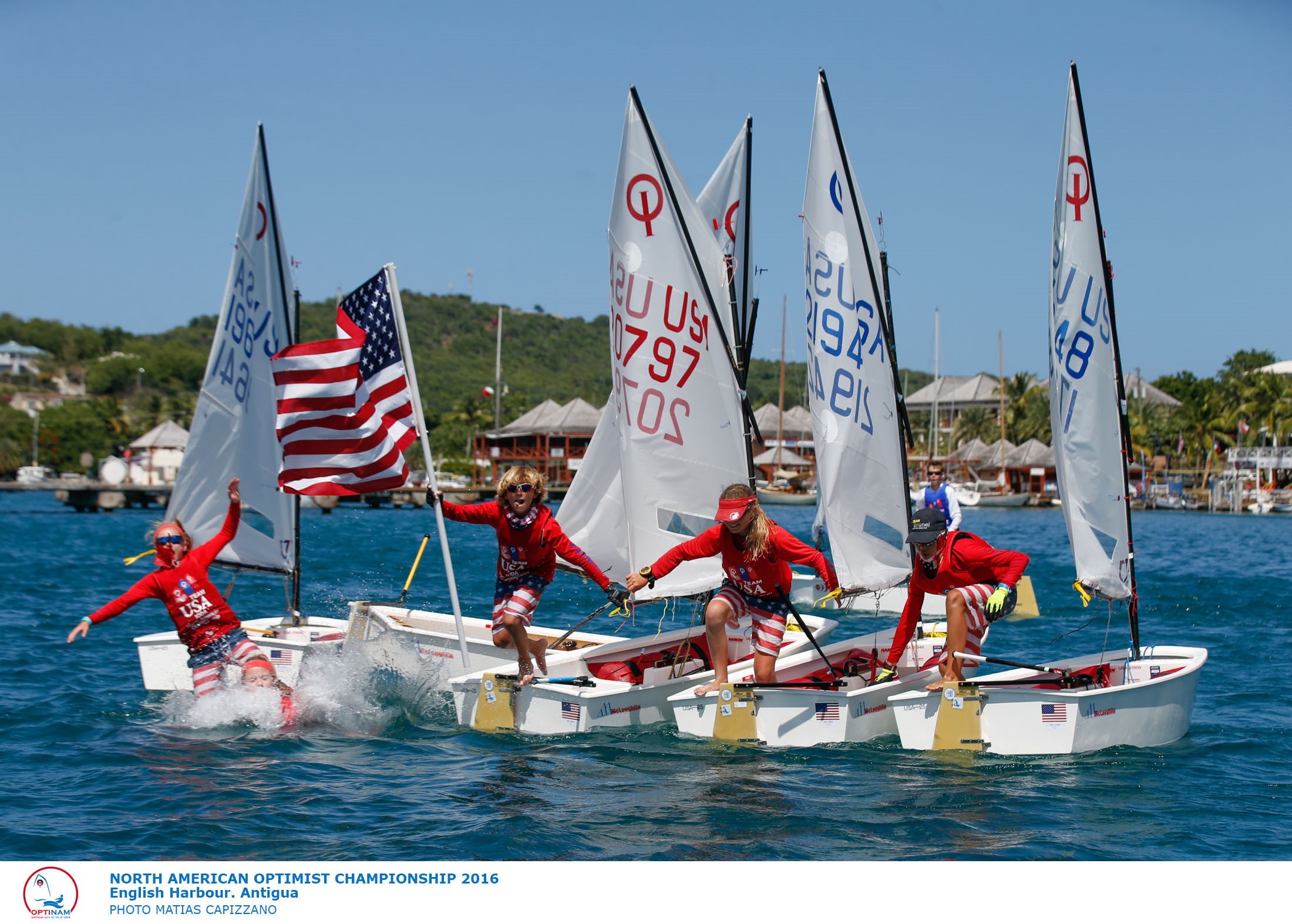
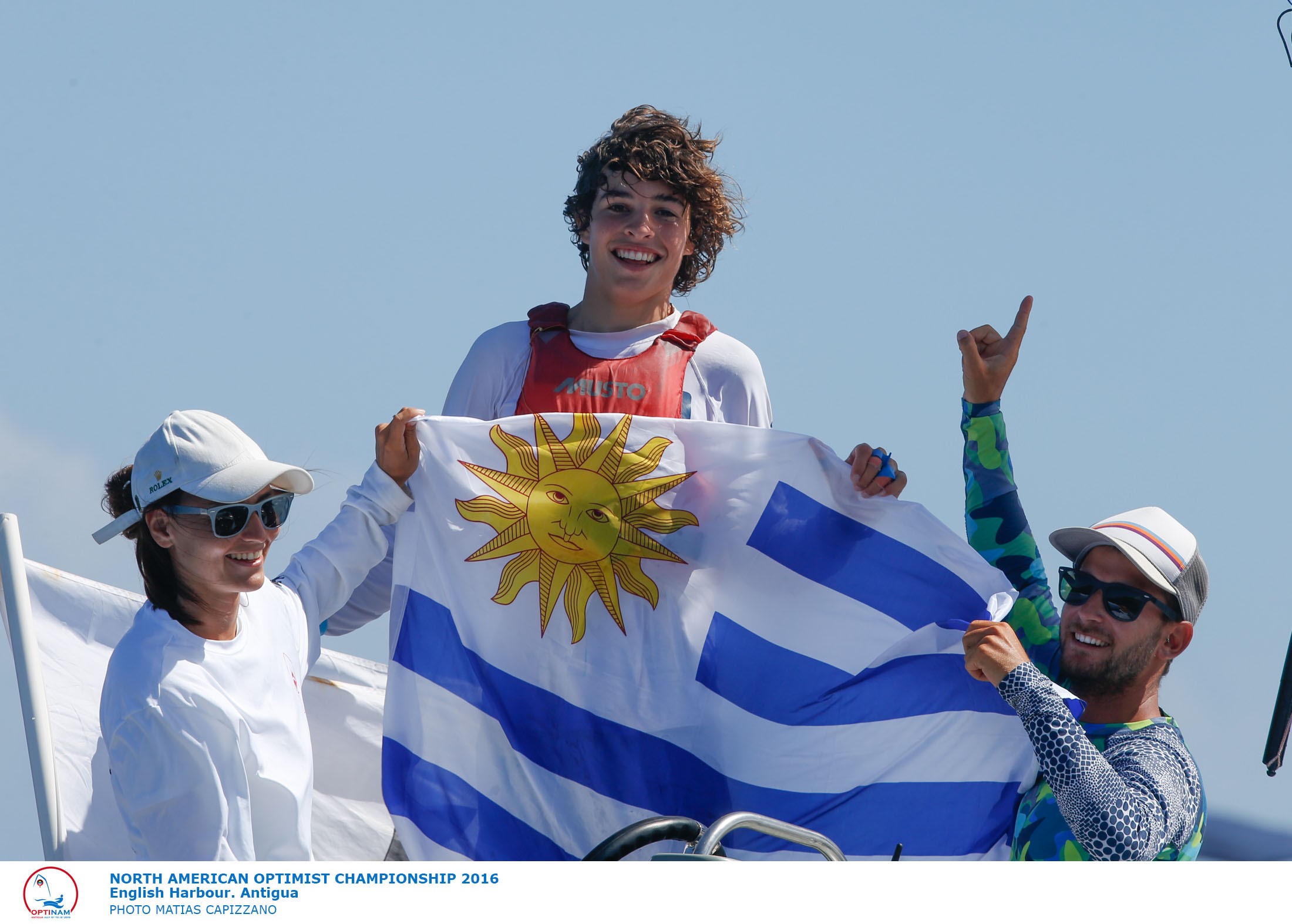
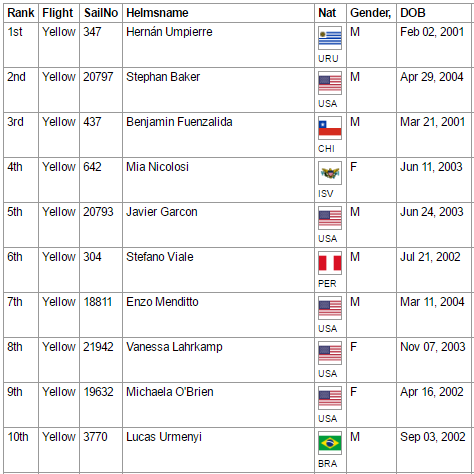
 With summer sailing in full swing, the peak of competitive sailing is at its height. Summer race teams and recreational classes alike are running all over the country. Everyone remembers the first time they started their journey as a sailor. Some didn’t begin sailing until high school or college, but many others started off in summer junior sailing programs. As a result, many of these sailors end up working as summer instructors in the programs they learned to sail in. Whether you began your racing days in Green Fleet, or were new to sailing altogether when you began competing, chances are you have some experience working in or around a junior program.
With summer sailing in full swing, the peak of competitive sailing is at its height. Summer race teams and recreational classes alike are running all over the country. Everyone remembers the first time they started their journey as a sailor. Some didn’t begin sailing until high school or college, but many others started off in summer junior sailing programs. As a result, many of these sailors end up working as summer instructors in the programs they learned to sail in. Whether you began your racing days in Green Fleet, or were new to sailing altogether when you began competing, chances are you have some experience working in or around a junior program.
 Explaining to children the fundamentals of sailing helps you to gain a deeper understanding of the sport and take pride in your own abilities as a sailor, something that can never be accomplished in any way but spreading a love and understanding of the water to others. You can sail in the most competitive events in the world, participate in the highest-level clinics in sailing, but if you never spread your appreciation for the sport onto others, you will never quite experience the kind of pride you feel watching a young sailor catch onto the sport and succeed.
Explaining to children the fundamentals of sailing helps you to gain a deeper understanding of the sport and take pride in your own abilities as a sailor, something that can never be accomplished in any way but spreading a love and understanding of the water to others. You can sail in the most competitive events in the world, participate in the highest-level clinics in sailing, but if you never spread your appreciation for the sport onto others, you will never quite experience the kind of pride you feel watching a young sailor catch onto the sport and succeed. Paige started sailing at age ten at Duxbury Bay Maritime School. By age twelve, she was competing in Optis and transitioned to 420 sailing when she was fourteen, becoming a member of the Duxbury High School sailing team as a freshman in high school and racing through club programs at Duxbury Bay Maritime school in the fall and summer seasons. In the summer, she works as a Junior Sailing Instructor at Duxbury Bay Maritime School, teaching younger sailors the fundamentals of sailing. In 2016, she helped her team win the Mass Bay League Team Race Championship and was named co-captain of her team for the 2017 spring season.
Paige started sailing at age ten at Duxbury Bay Maritime School. By age twelve, she was competing in Optis and transitioned to 420 sailing when she was fourteen, becoming a member of the Duxbury High School sailing team as a freshman in high school and racing through club programs at Duxbury Bay Maritime school in the fall and summer seasons. In the summer, she works as a Junior Sailing Instructor at Duxbury Bay Maritime School, teaching younger sailors the fundamentals of sailing. In 2016, she helped her team win the Mass Bay League Team Race Championship and was named co-captain of her team for the 2017 spring season.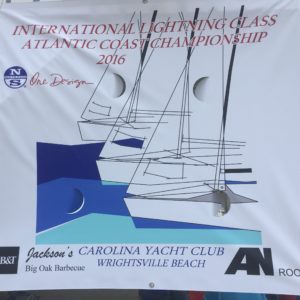 This weekend the International Lightning Class held their Atlantic Coast Championship on waters off Wrightsville Beach, NC. Carolina Yacht Club hosted the event and certainly demonstrated true southern hospitality throughout the event in preparation of hoisting the 2017 North American Championship.
This weekend the International Lightning Class held their Atlantic Coast Championship on waters off Wrightsville Beach, NC. Carolina Yacht Club hosted the event and certainly demonstrated true southern hospitality throughout the event in preparation of hoisting the 2017 North American Championship.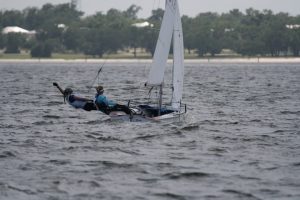 The 2016 U.S. Junior Women’s Doublehanded Championships in Mississippi welcomed its sailors with the famous Bay St. Louis presence of both humidity and southern hospitality. The event offered 29 competitive teams from all across the country the opportunity to culminate their stories of preparation and hard work in three days of racing. For some, the event served as a stepping stone for other national events later in the summer, particularly allowing the top two
The 2016 U.S. Junior Women’s Doublehanded Championships in Mississippi welcomed its sailors with the famous Bay St. Louis presence of both humidity and southern hospitality. The event offered 29 competitive teams from all across the country the opportunity to culminate their stories of preparation and hard work in three days of racing. For some, the event served as a stepping stone for other national events later in the summer, particularly allowing the top two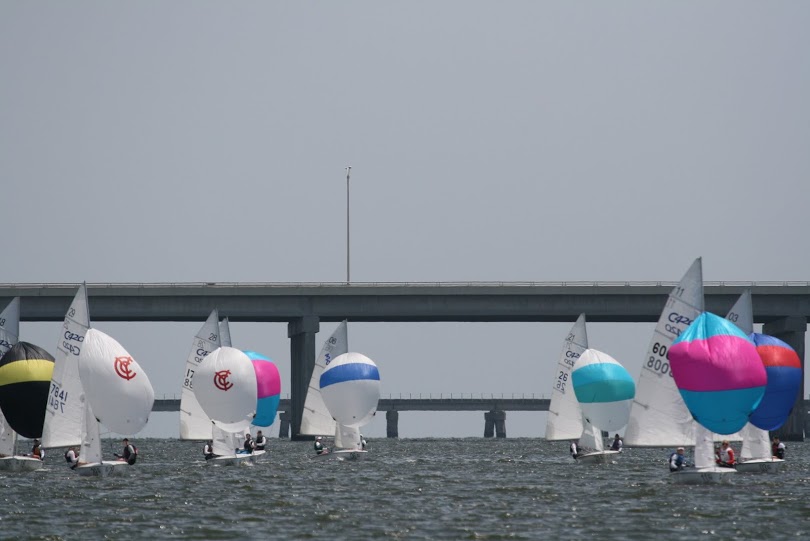 Much of the preparation for the three days of racing came from the critical two days before the regatta. World class coaches at the top of their craft in both college sailing and high level competitive youth sailing helped prepare all the girls at practice clinics. Sailors and coaches tinkered with their charter boats and worked together on boat handling skills later out on the water, as steady southerly winds funneled in usually after scattered thunderstorms dissipated by the venue. Coaches not only emphasized the importance of fine tuning and rigging, but also of
Much of the preparation for the three days of racing came from the critical two days before the regatta. World class coaches at the top of their craft in both college sailing and high level competitive youth sailing helped prepare all the girls at practice clinics. Sailors and coaches tinkered with their charter boats and worked together on boat handling skills later out on the water, as steady southerly winds funneled in usually after scattered thunderstorms dissipated by the venue. Coaches not only emphasized the importance of fine tuning and rigging, but also of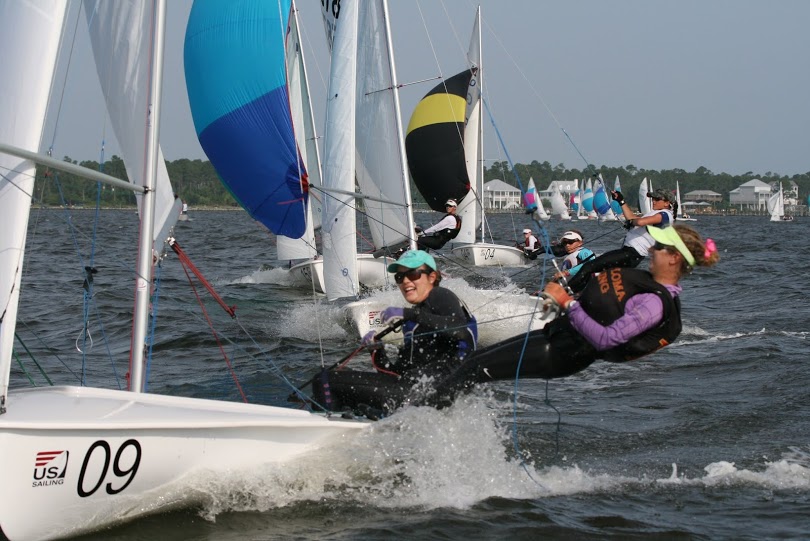
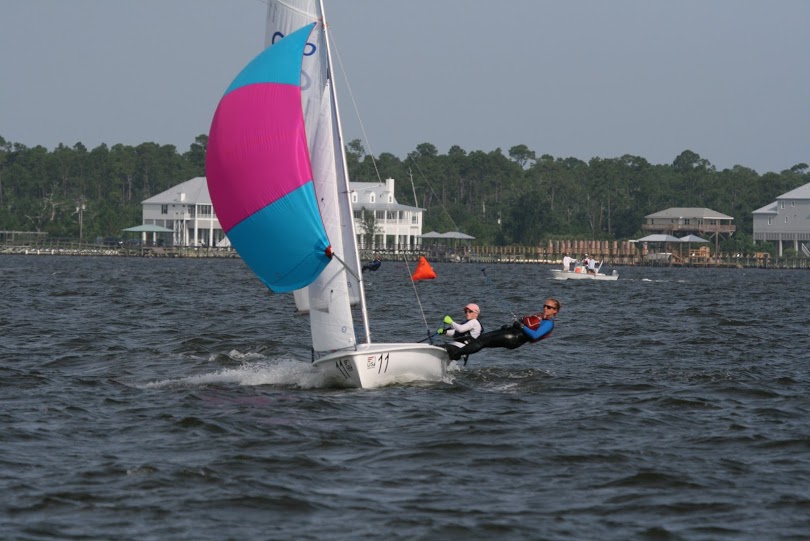 Another team on the podium hailing from California, the fourth place boat included fifth
Another team on the podium hailing from California, the fourth place boat included fifth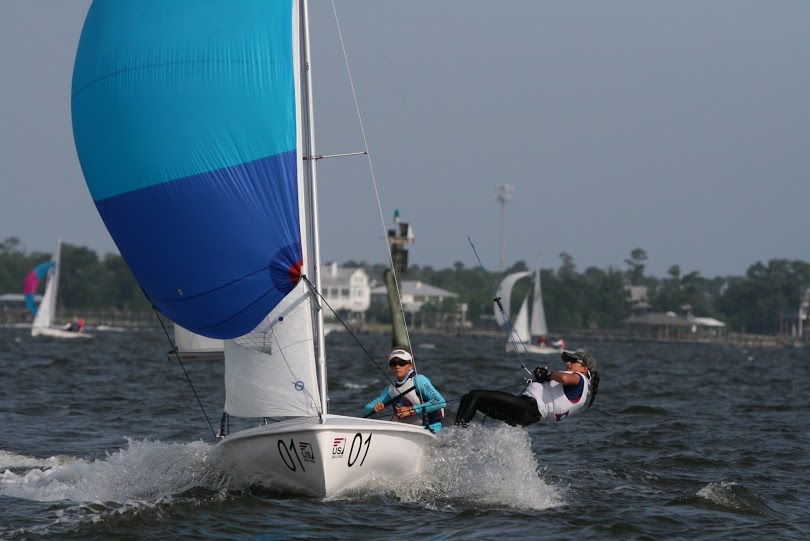
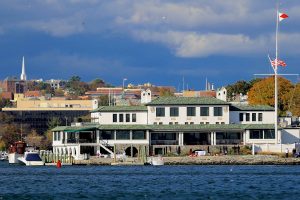
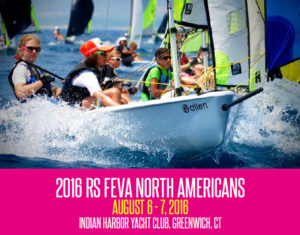
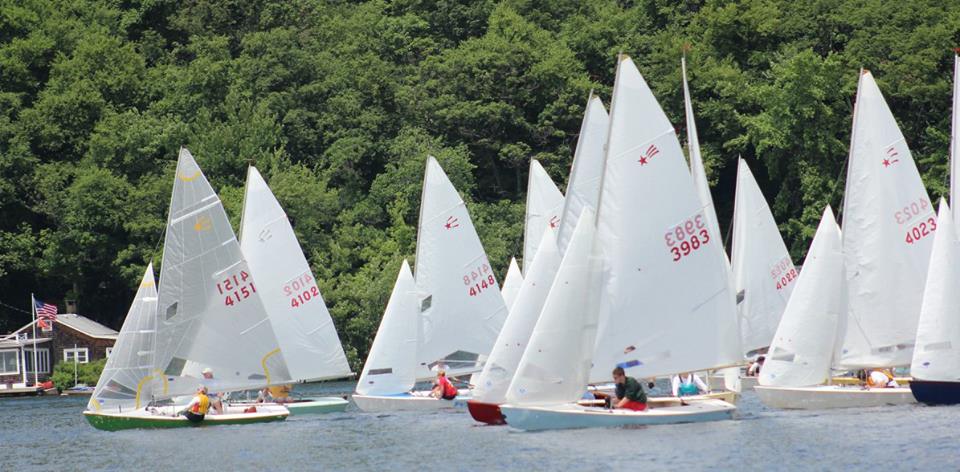 Everyone enjoyed the two days of socializing with the high point being the Saturday evening beefsteak dinner with a live band afterwards.
Everyone enjoyed the two days of socializing with the high point being the Saturday evening beefsteak dinner with a live band afterwards.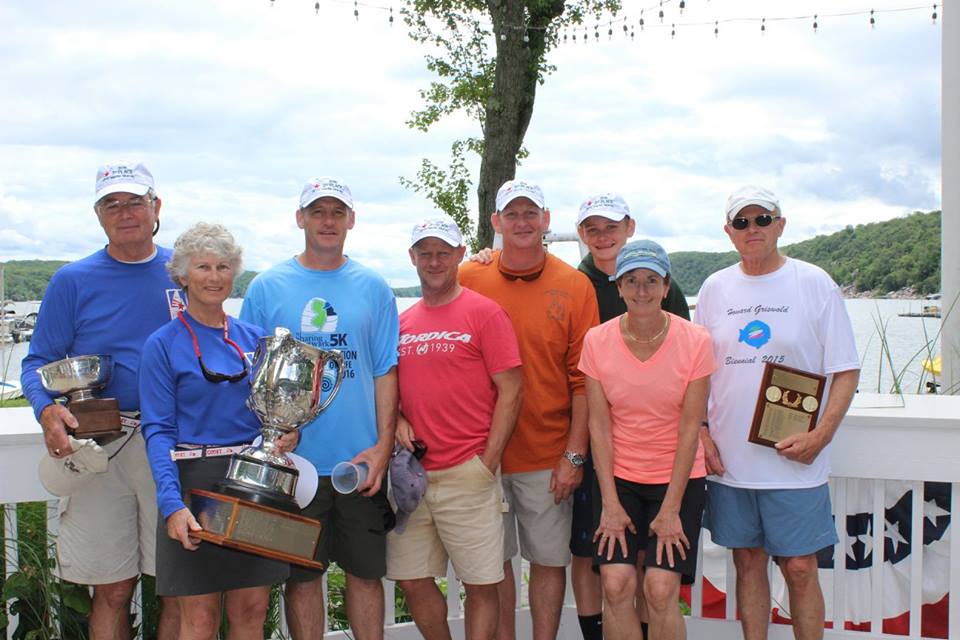
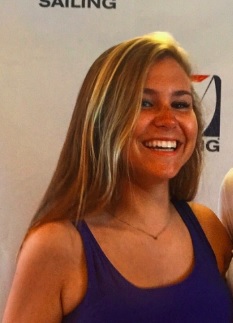 Sail1Design would like to welcome our newest writer, and addition to our
Sail1Design would like to welcome our newest writer, and addition to our 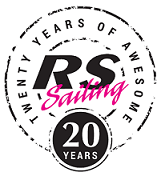
 Anyone who has sailed out of Sail Newport is familiar with its general and specific conditions. The sea breeze fills in just after noon with a nice southerly. The tide plays a significant role throughout the day, presenting both challenges and opportunities on the race course as it goes out and comes in. (photo from
Anyone who has sailed out of Sail Newport is familiar with its general and specific conditions. The sea breeze fills in just after noon with a nice southerly. The tide plays a significant role throughout the day, presenting both challenges and opportunities on the race course as it goes out and comes in. (photo from 
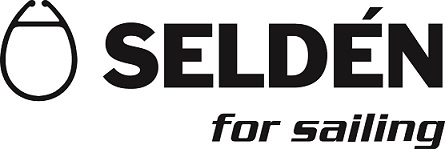
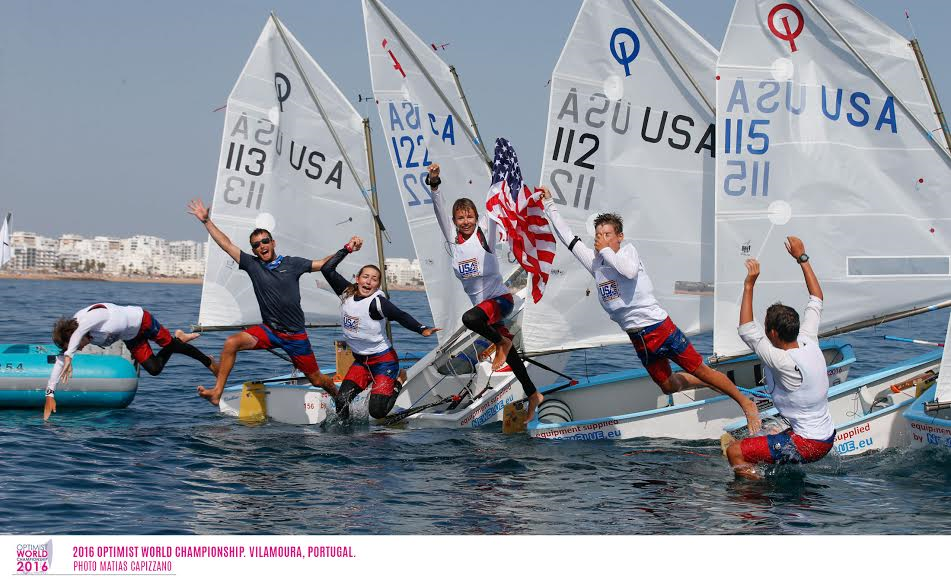



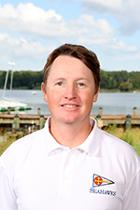 The 2016 winner of the
The 2016 winner of the 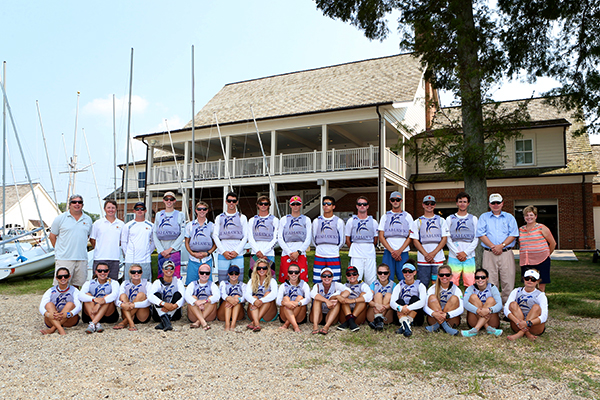 England and Ireland in 2005. He graduated from Georgetown University in Washington, D.C. in 1996, where he was a two-time All-America honorable mention (1994 and 1995) and team captain. Ward led Georgetown to the program’s first-ever appearances at the ICSA Dinghy and Sloop National Championships. Bill’s nomination included the following letter and video from a player on the St. Mary’s squad:
England and Ireland in 2005. He graduated from Georgetown University in Washington, D.C. in 1996, where he was a two-time All-America honorable mention (1994 and 1995) and team captain. Ward led Georgetown to the program’s first-ever appearances at the ICSA Dinghy and Sloop National Championships. Bill’s nomination included the following letter and video from a player on the St. Mary’s squad: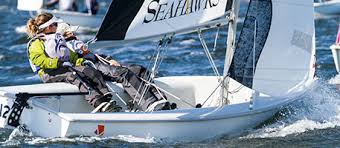 Sail1Design annually seeks your nominations for the Henri-Lloyd S1D Coach of the Year, for a coach that embodies the qualities (and more) listed in the article below. Sailors, this is your award! The Sail1Design staff chooses the winner only from our readers nominations! This is a great opportunity to recognize a coach that you feel makes a difference!
Sail1Design annually seeks your nominations for the Henri-Lloyd S1D Coach of the Year, for a coach that embodies the qualities (and more) listed in the article below. Sailors, this is your award! The Sail1Design staff chooses the winner only from our readers nominations! This is a great opportunity to recognize a coach that you feel makes a difference!
 I would bet that you could take a good coach, put him or her in a new sport, and that coach would find some success. Think about the best coach you ever had, and visualize that person in another sport, and you might see just how that person could adapt and still be a difference-maker.
I would bet that you could take a good coach, put him or her in a new sport, and that coach would find some success. Think about the best coach you ever had, and visualize that person in another sport, and you might see just how that person could adapt and still be a difference-maker.

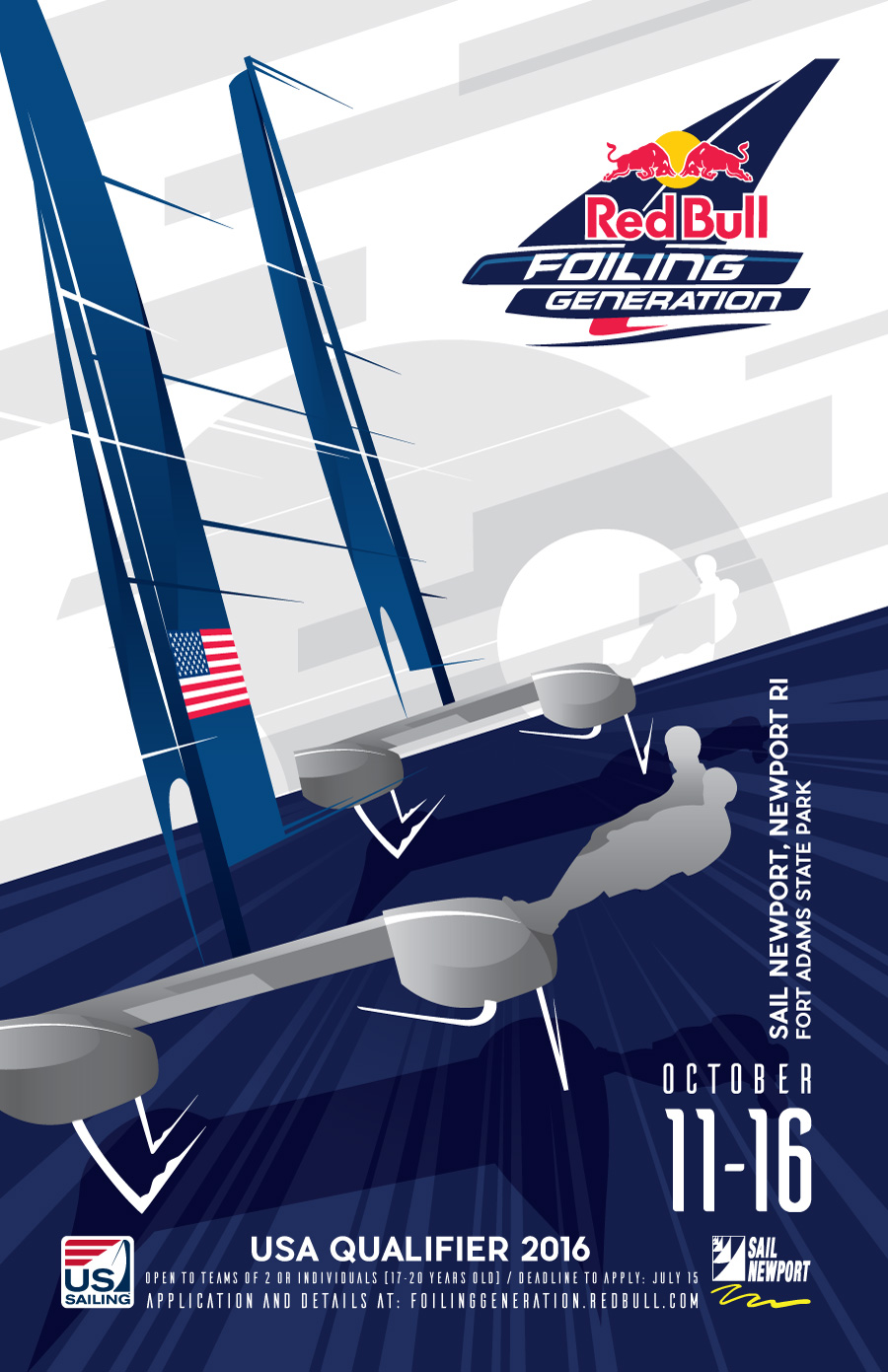 APPLICATIONS NOW OPEN FOR US QUALIFIER OF HI-TECH YOUTH SAILING COMPETITION COMING TO NEWPORT, RHODE ISLAND, USA
APPLICATIONS NOW OPEN FOR US QUALIFIER OF HI-TECH YOUTH SAILING COMPETITION COMING TO NEWPORT, RHODE ISLAND, USA